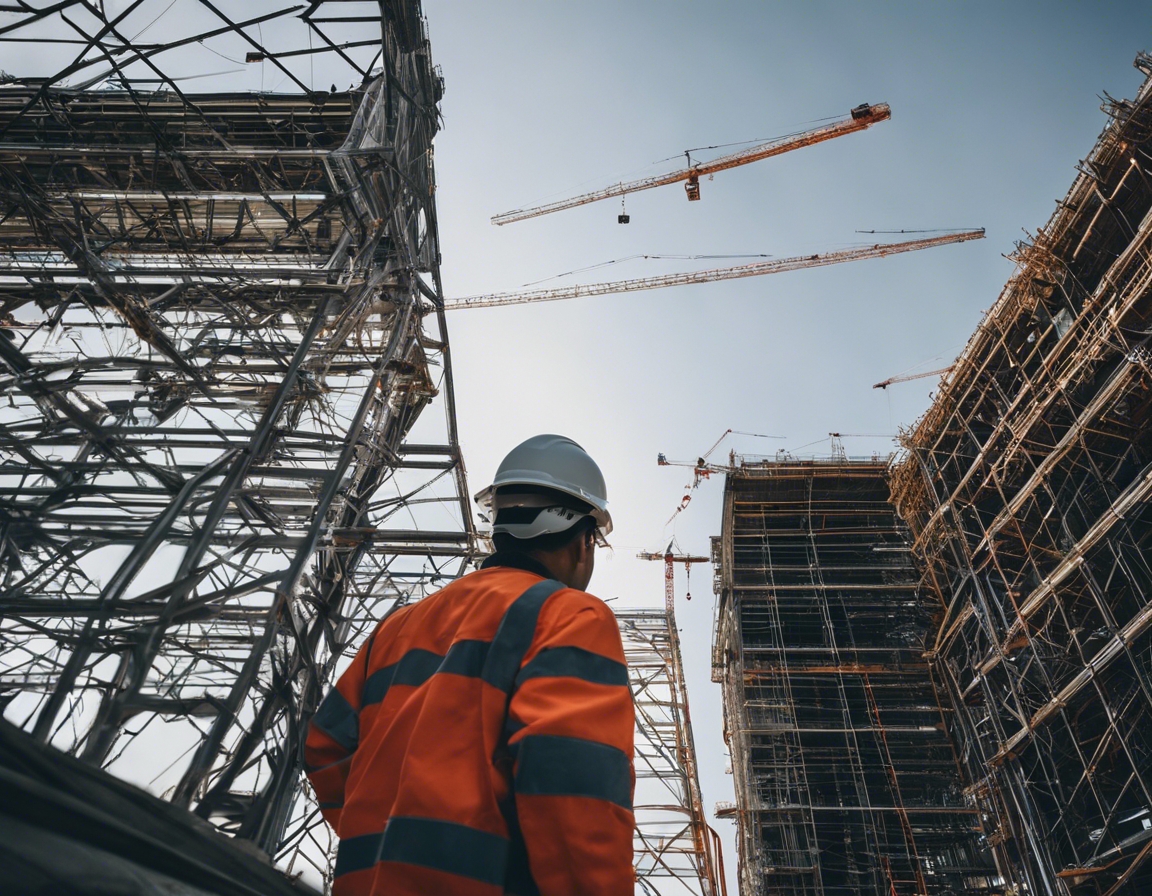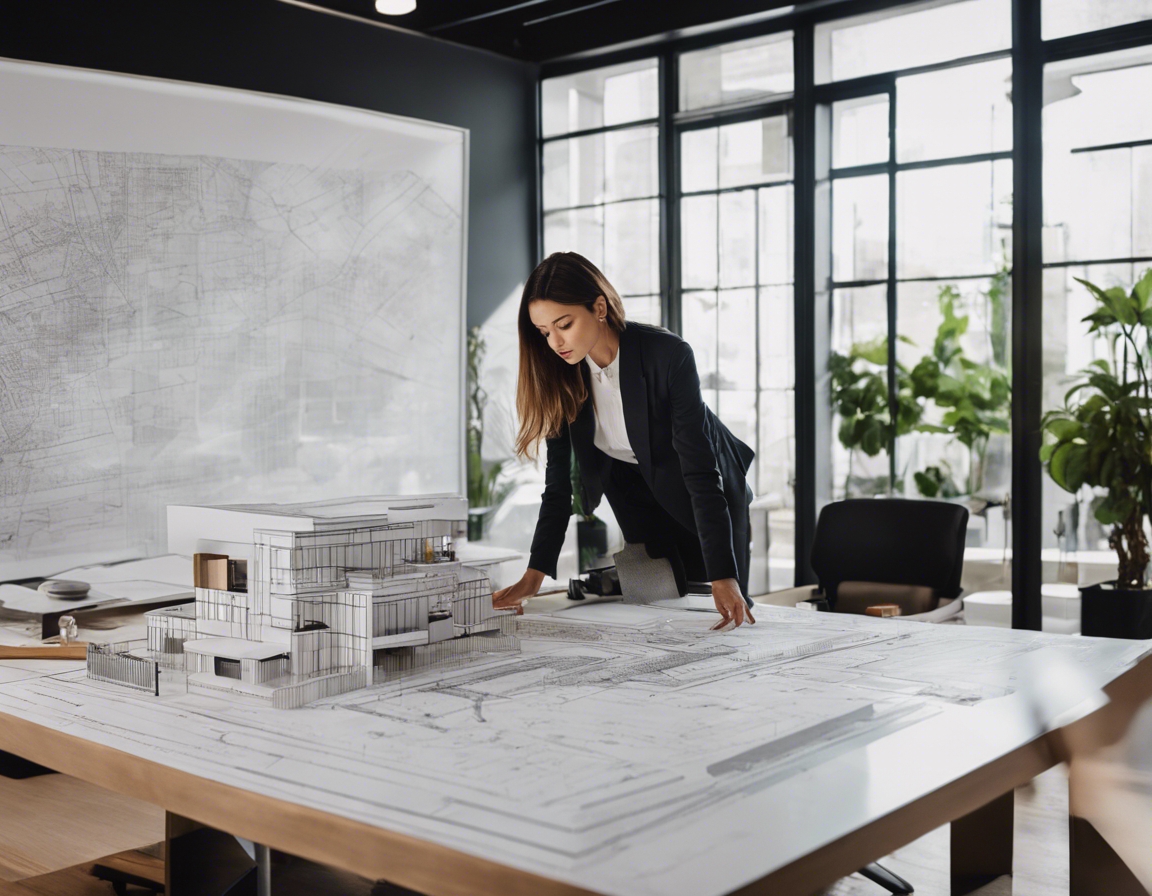Maximizing space in urban environments
As urban populations continue to rise, the demand for space in city environments has never been greater. The challenge of accommodating the needs of residents, businesses, and infrastructure within the limited confines of urban areas is a pressing issue for city planners and developers alike.
Urban environments are complex systems characterized by dense populations, diverse economic activities, and a limited availability of land. This landscape requires innovative approaches to maximize the use of space while ensuring the quality of life for its inhabitants.
Strategies for Maximizing Urban Space
One of the most effective ways to maximize space in urban environments is through vertical expansion. High-rise residential and commercial buildings can significantly increase the available square footage within a city's footprint.
Multi-use developments that combine residential, commercial, and recreational spaces in a single complex can create a vibrant and efficient urban ecosystem. These developments reduce the need for transportation and make better use of the available space.
With surface space at a premium, urban areas are looking below ground for expansion opportunities. Subterranean developments can include everything from shopping centers to transportation hubs, freeing up surface space for other uses.
Compact living solutions, such as micro-apartments and co-living spaces, offer a way to provide housing in dense urban areas without the large footprint of traditional homes.
Integrating green spaces and public areas into urban design is essential for maintaining livability. These spaces provide a respite from the urban environment and are crucial for the well-being of city dwellers.
Technological Innovations in Space Optimization
Advancements in smart design and prefabrication are enabling the construction of space-efficient buildings at a faster pace and often at a lower cost than traditional methods.
Modular construction techniques allow for buildings to be assembled from pre-made sections, offering a quick and flexible solution to urban space constraints.
Space-saving infrastructure, such as foldable parking systems and vertical gardens, not only maximizes the use of space but also contributes to the aesthetic and environmental quality of urban areas.
Policy and Planning for Better Space Utilization
Effective zoning and regulatory frameworks are crucial for guiding the development of urban spaces. These policies can encourage the efficient use of land and support innovative space-saving solutions.
Engaging the community and collaborating with stakeholders ensures that space maximization efforts align with the needs and values of urban residents.
Incentives for sustainable development can motivate developers to adopt space-efficient and environmentally friendly practices in their projects.






Comments (0)